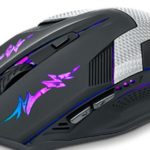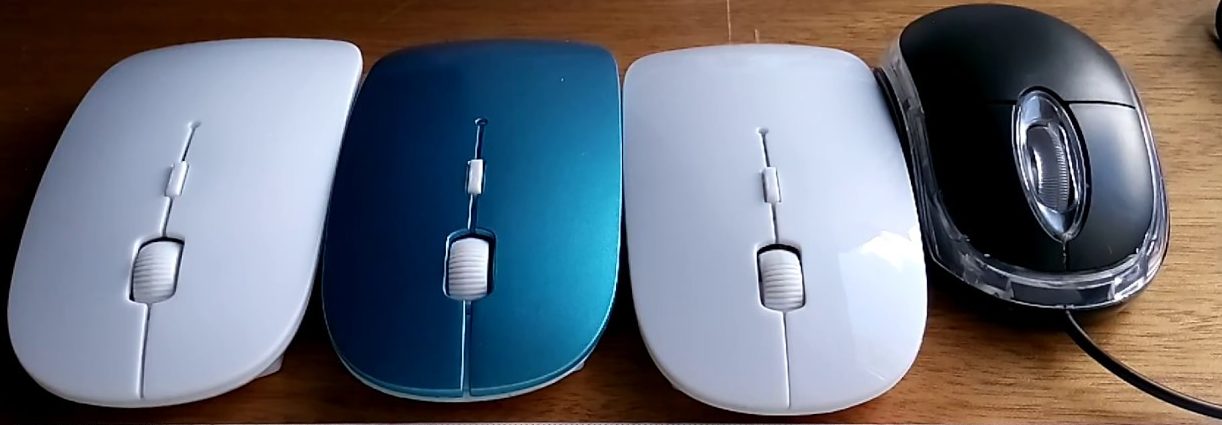What is the correct name for a computer mouse?
 A special manipulator for a computer, which was invented back in 1968, was commonly called a “mouse”. Over the years of use of the device, this name has become firmly attached to it. Few users think about what the “mouse” is actually called and why this name was assigned to it.
A special manipulator for a computer, which was invented back in 1968, was commonly called a “mouse”. Over the years of use of the device, this name has become firmly attached to it. Few users think about what the “mouse” is actually called and why this name was assigned to it.
The content of the article
What is another name for a computer mouse?
NASA employees worked on the development of the world's first mouse. It was invented by one of her employees, Douglas Engelbart.
The first device was a wooden structure, equipped with the boards necessary for operation and a wire with which it was connected to a personal computer. Due to the fact that in appearance it resembled a gray rodent, the device was nicknamed mouse. After some time, they came up with a decoding: Manually Operated User Encoder, which translates as - a tool using which the user can manually encode a signal. The invention presented by Engelbart is now kept in the “Mouse Museum”.
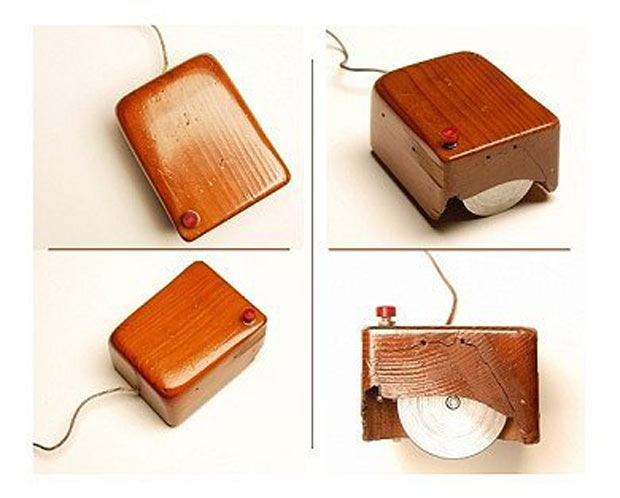
Further development of the device in 1972 was undertaken by XEROX. The product began to take on shapes similar to modern device models. Instead of two bulky wheels, the XEROX model had one.
The resulting product was not widely used, as it was very unreliable and at the same time had a high cost.
REFERENCE! Steve Jobs made a great contribution to the development of the manipulator. He decided to equip Apple computers with additional devices that would make working on a PC comfortable and inexpensive. Apple's success impressed Microsoft, which also began developing, improving and producing computer mice.
Thus, in the mid-1990s, models already familiar to users came to the market.
What are computer mice and their design?
It is difficult to imagine the design of a modern computer without a mouse. It greatly facilitates the work and makes it much more comfortable. Now there are a large number of different models that have different designs and purposes.
Types of mice:
- Mechanical. This is exactly what the first models of the manipulator were like. The device is equipped with a rubberized wheel sliding along the surface. The ball drives rollers that transmit a signal to the sensors. The wheel was the weak link of the structure. It often became dusty and dirty. This caused his work to become unclear. Also, such products could not work without computer mats.
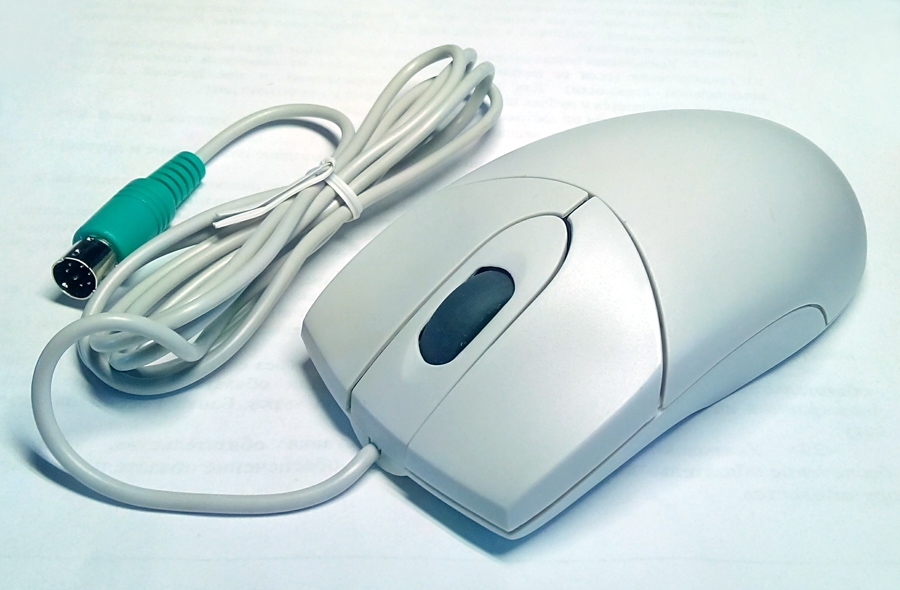
- Optical. Such models appeared after mechanical ones. Instead of a ball, these products use a diode sensor. It reads the necessary information and transmits it to special sensors. They process the information, after which it goes to the personal computer. Now this is the most popular option. Mice provide high speed, read information when working on any surface, and can have different shapes and the number of buttons on the body.There are wired and wireless devices.
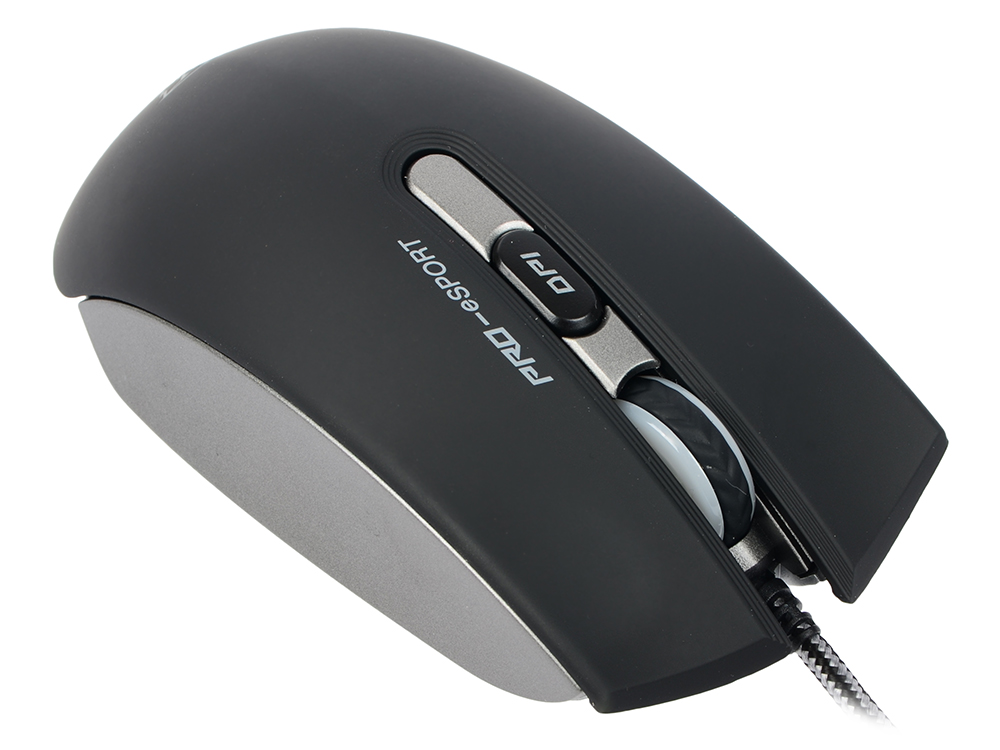
- Laser. The next stage in the development of a computer manipulator. A laser is used to read information. Now devices with this design are the fastest and most accurate. They can work on any surface. Due to their characteristics, such models are very popular among gamers. Such a manipulator may have additional buttons on the body, which are programmed using special utilities. Since the wireless connection method does not provide the necessary accuracy, laser mice are connected only using a USB cable.
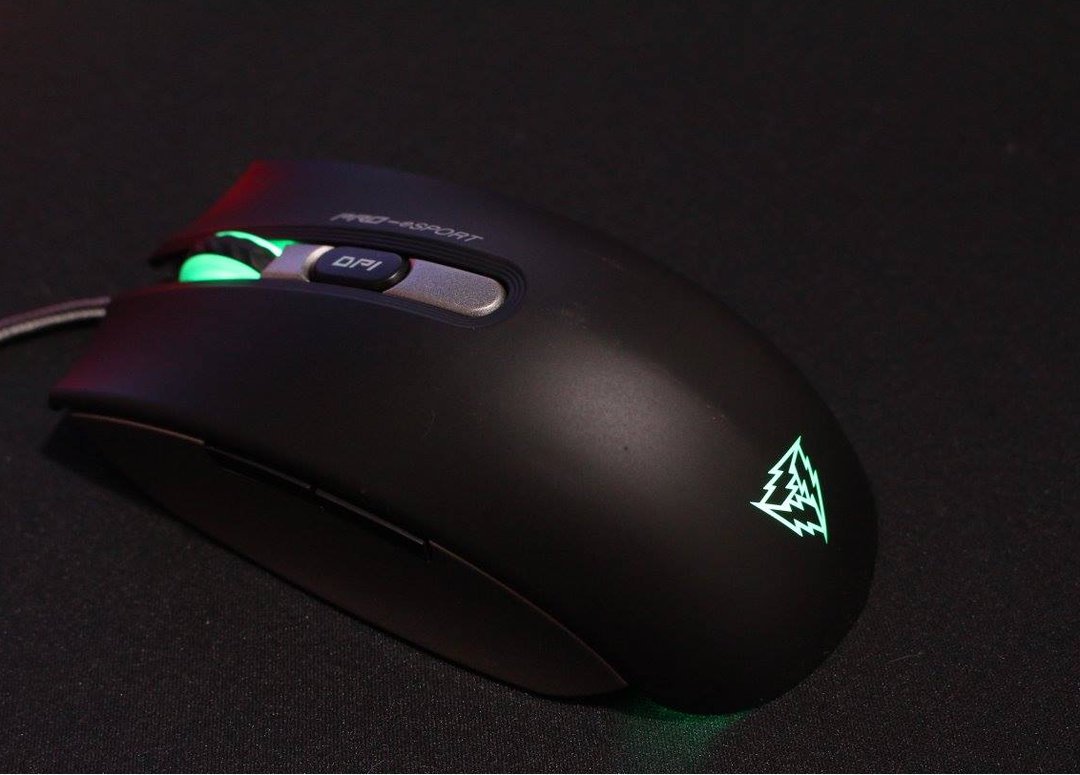
- Trackball. Quite an unusual device, essentially a backwards mouse. On its upper side there is a large wheel, with the help of which control is carried out. Otherwise, everything is the same as the optical version. The products are not very popular. On the one hand, they significantly reduce the load on the wrist joint, on the other hand, the buttons located on the trackball body are quite inconvenient to use.
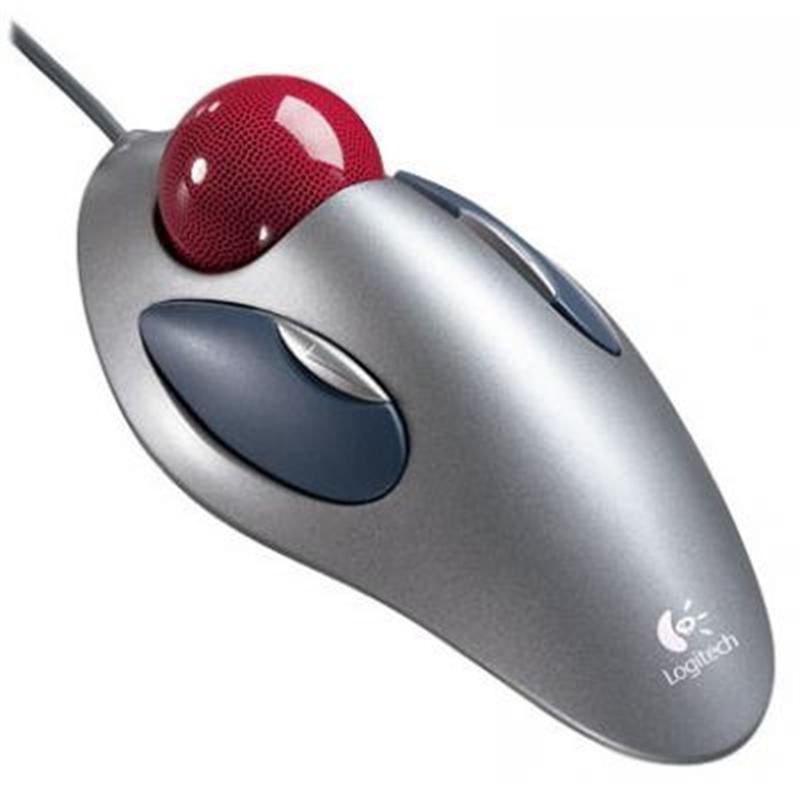
- Induction. A wireless version of the product, the operation of which requires a special mat connected to a PC. The product receives power from the mat, so it does not require batteries or accumulators. The device has very high accuracy and speed. Despite this, such manipulators are not popular because they cannot be portable and are quite expensive.
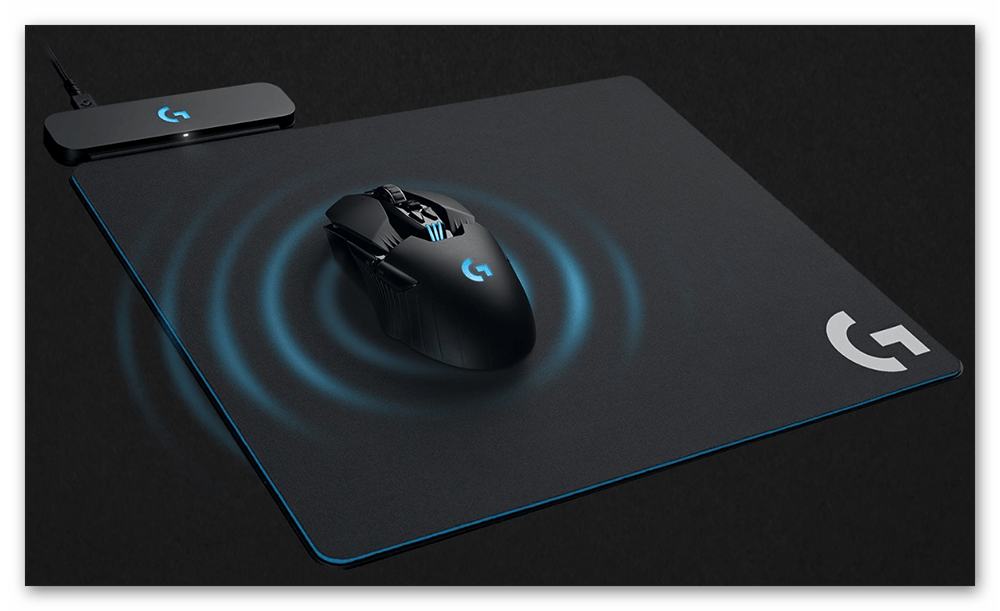
- Gyroscopic. Requires absolutely no surface to work. The design of the device has a gyroscope that responds to the position of the product in space. A little practice is required to operate the device. Due to its high cost, it is not particularly popular.
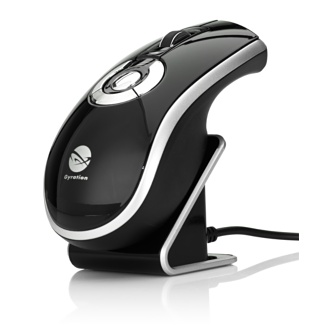
- Sensory.Apple know-how. They were the ones who removed all the buttons and the wheel on the gadget, equipping it with a touch surface. All control is carried out using gestures. This option is mainly used in conjunction with other Apple products.
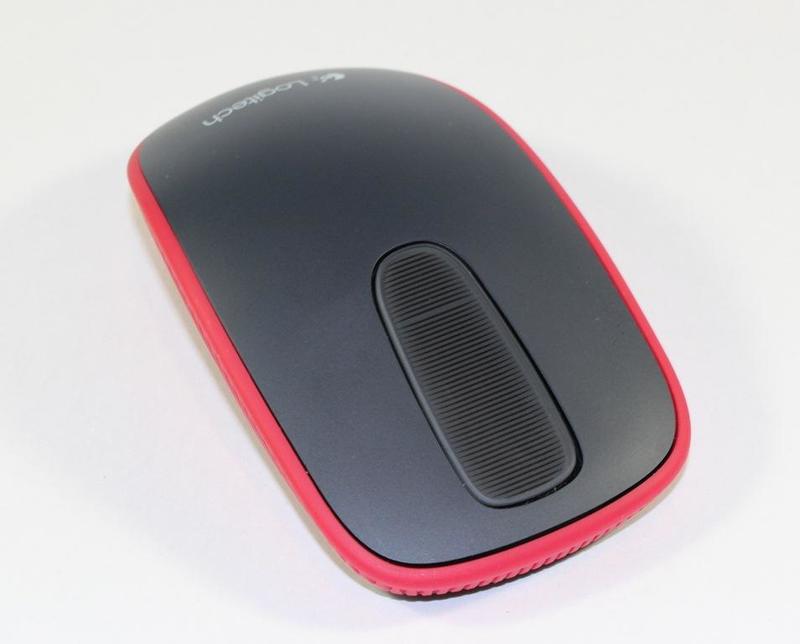
Manipulators are also divided according to the connection method:
- Wired. Connect to your computer using a USB or PS/2 cable. This connection option ensures fast and accurate operation.
- Wireless. This type is most often used when working with a laptop, since the product eliminates wires and provides the necessary mobility. The disadvantages include: the need for charging and insufficiently high operating speed compared to the wired version.
Tips for choosing a computer mouse
To make working at a computer comfortable, it is important to choose the right device.
When choosing the most suitable option, you should pay attention to the following:
- Purpose. Some mice must have additional characteristics. For example, gaming devices must work quickly and have additional control buttons.
- Connection type. For a laptop, wireless mini mice are the preferred option. They are compact and easy to use.
- Design. The product should have good ergonomics and fit comfortably in the hand.
When purchasing a device, you need to decide exactly what it will be used for, while not forgetting about convenience. A properly selected mouse will ensure comfortable work for a long time.

